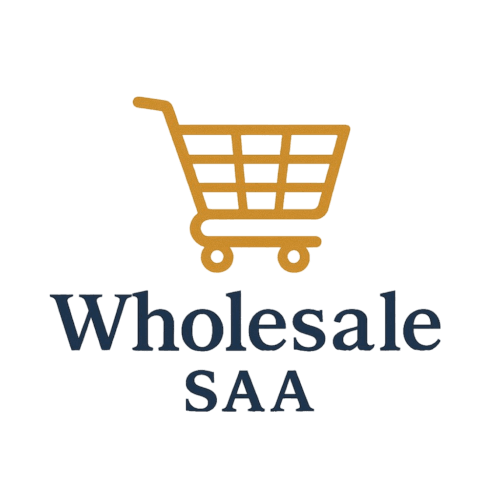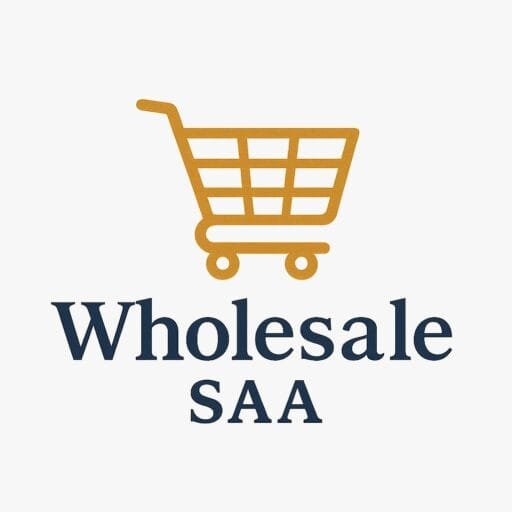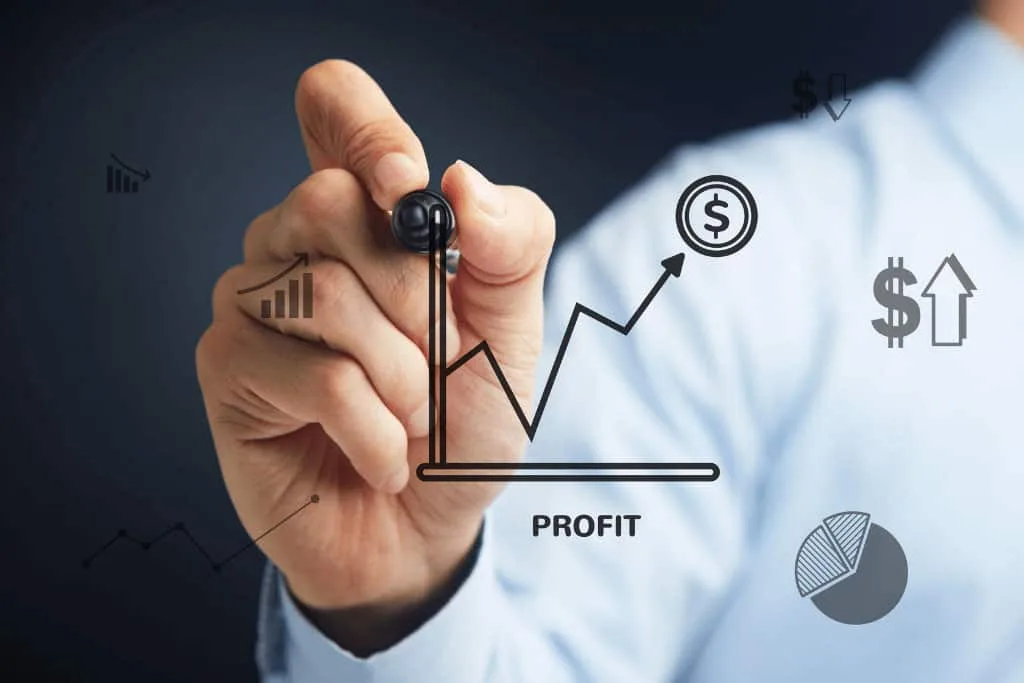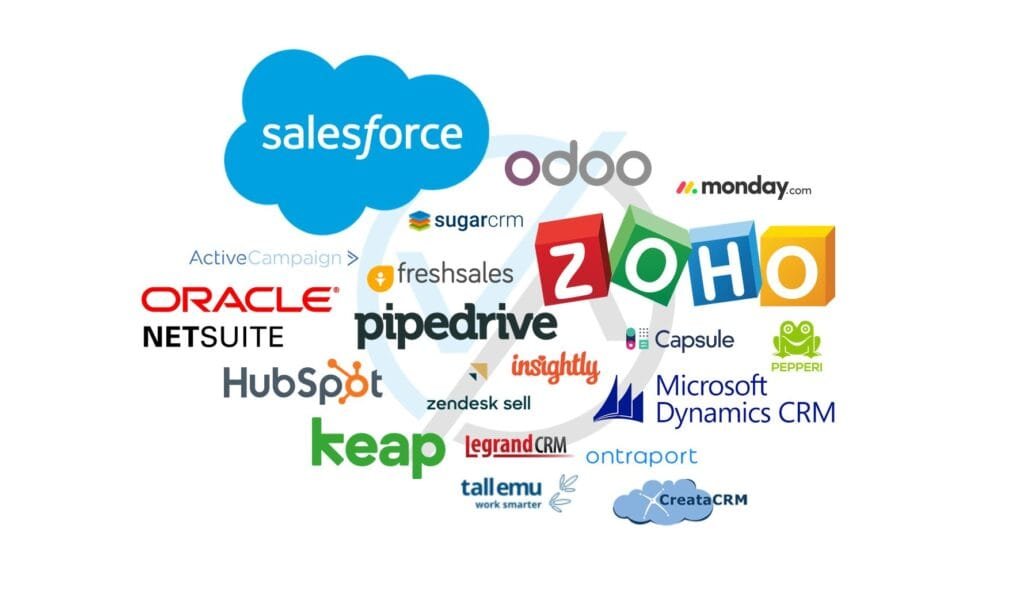Wholesale pricing is the backbone of many businesses, particularly those in retail, manufacturing, and distribution. For businesses that buy in bulk and sell at a higher price point, the pricing strategy directly impacts profitability. Unlike retail pricing, which is influenced by customer demand, competition, and consumer preferences, wholesale pricing operates on different principles. It requires careful consideration of volume, margins, and customer relationships to ensure that the price structure maximizes profit while remaining attractive to clients.
Wholesale pricing strategies are not one-size-fits-all; they vary based on the industry, market conditions, and specific business goals. However, by applying the right pricing strategy, wholesalers can optimize revenue streams, expand market share, and improve long-term business sustainability. In this article, we will delve into various wholesale pricing strategies that businesses can adopt to maximize profits. We will explore the key factors influencing pricing decisions, offer real-world examples, and provide actionable insights that can lead to better financial outcomes.
Key Factors Influencing Wholesale Pricing
Before diving into specific pricing strategies, it’s important to understand the core factors that should influence wholesale pricing decisions. These factors ensure that pricing is both competitive and profitable. Key elements to consider include:
1. Cost of Goods Sold (COGS)
The most fundamental factor in determining wholesale price is the cost of goods sold. COGS represents the direct costs associated with producing the product, including raw materials, labor, manufacturing costs, and shipping expenses. A clear understanding of COGS helps businesses establish a baseline for the minimum price at which products should be sold to cover costs and achieve profit.
2. Volume and Order Size
Wholesale pricing often benefits from economies of scale. The larger the order or bulk purchase, the more favorable the per-unit cost can become. Wholesalers must take into account how volume impacts pricing. Larger orders may allow for price reductions per unit, but the overall profitability can still be maximized if handled correctly.
3. Market Demand and Competition
Market demand and competition play a critical role in pricing strategies. Understanding both the demand for a product and the competitive landscape helps wholesalers set prices that are attractive to buyers while still maintaining profitability. A competitive analysis will help determine whether a premium price can be charged or if discounts need to be offered to remain competitive.
4. Value Proposition and Customer Relationships
The perceived value of the product to the customer can significantly impact pricing. A strong brand, high-quality products, and excellent customer service can justify a higher price point. Wholesalers should also consider their relationships with customers. Long-term, loyal clients may deserve special pricing or discounts as part of a mutually beneficial partnership.
5. Target Margins
The target margin is the percentage difference between the wholesale price and the cost of goods sold. Setting appropriate margin targets ensures that the wholesaler can cover operational costs, pay staff, and generate a reasonable profit. However, margins should be carefully calculated so as not to price the product out of the market.
6. Economic Conditions and External Factors
Changes in the economy, raw material prices, and currency exchange rates can all impact pricing decisions. A rise in raw material costs or a shift in the economic landscape could make products more expensive to produce, which, in turn, may require an adjustment to wholesale prices.
Types of Wholesale Pricing Strategies to Maximize Profit
Now that we’ve covered the foundational elements that influence wholesale pricing, let’s explore the specific pricing strategies wholesalers can implement to maximize profit.
1. Cost-Plus Pricing
What is it?
Cost-plus pricing is one of the most straightforward pricing strategies. It involves adding a markup to the cost of goods sold (COGS) to determine the selling price. The markup typically includes both a percentage that covers the business’s operating expenses and a profit margin.
How does it maximize profit?
By ensuring that all costs (including labor, production, and shipping) are covered, cost-plus pricing guarantees that the wholesaler makes a profit on every unit sold. This strategy is particularly useful when the cost structure is predictable, and businesses want to maintain a consistent margin.
Real-World Example:
A manufacturer of custom furniture might calculate the cost of materials, labor, and overhead to be $100 per unit. With a 30% markup, the wholesale price would be $130. If the company consistently maintains a markup of 30%, it can predict and maintain a stable profit margin.
Advantages:
Simple to implement and understand
Ensures that all costs are covered
Consistent profit margins
Disadvantages:
Does not account for market demand or competition
May result in prices that are either too high or too low for the market
2. Market-Based Pricing
What is it?
Market-based pricing involves setting wholesale prices based on the prevailing market rates. This strategy takes into account the prices set by competitors, customer demand, and market conditions.
How does it maximize profit?
Market-based pricing helps wholesalers remain competitive while also allowing flexibility in pricing.
Real-World Example:
A wholesaler selling bulk coffee beans will look at the prices set by competitors, as well as demand factors like organic certifications or fair-trade status, to adjust its prices accordingly.
Advantages:
Keeps the business competitive within the market
Enables flexibility to adjust to demand
Takes market conditions into account
Disadvantages:
May lead to price wars if competitors lower their prices
Doesn’t guarantee a profit margin if competitors price lower
3. Penetration Pricing
What is it?
Penetration pricing involves setting a lower wholesale price initially to gain market share quickly. This strategy is often used by new entrants into the market or when launching a new product.
How does it maximize profit?
Penetration pricing can maximize profit in the long term by helping wholesalers quickly build a loyal customer base. Once the market share is established, the company can adjust its prices to reflect a more profitable margin.
Real-World Example:
A new smartphone accessory wholesaler may enter the market with a low-priced product to attract customers away from established brands.
Advantages:
Quick way to enter the market and build a customer base
Increased market share allows for higher profits in the long term
Creates a competitive advantage
Disadvantages:
Initial low profits
Can lead to customer expectations of lower prices long term
4. Price Skimming
Price skimming involves setting an initially high price and gradually lowering it over time. This strategy is often used when launching a new, innovative product.
How does it maximize profit?
Price skimming helps businesses maximize profits by extracting the highest possible price from early adopters or high-value customers.
Real-World Example:
When Apple releases a new iPhone, the initial wholesale price is typically high. Over time, the price is lowered to attract more price-conscious buyers.
Advantages:
High initial profits from early adopters
Helps establish the product as high-value
Allows for gradual price reductions based on demand
Disadvantages:
May alienate price-sensitive customers
High price may limit initial market penetration
5. Bundle Pricing
What is it?
Bundle pricing involves offering a package of products at a discounted price, typically when customers purchase multiple items together.
How does it maximize profit?
By bundling products together, wholesalers can increase the overall value of the transaction and move inventory more efficiently.
Real-World Example:
A wholesaler of office supplies might bundle pens, paper, and notebooks at a discounted price to encourage bulk purchasing.
Advantages:
Increases transaction size and overall sales volume
Encourages customers to purchase more products
Helps move slow-selling products
Disadvantages:
Could result in lower profit margins for bundled products
Customers may only want one item, reducing the attractiveness of bundles
Conclusion
Wholesale pricing strategies are crucial for maximizing profitability in a competitive market. By understanding the factors that influence pricing, such as cost of goods sold, market demand, and customer relationships, wholesalers can set prices that align with business goals while remaining attractive to customers.
From cost-plus pricing for consistency to penetration pricing for market share growth and price skimming for premium products, there are a variety of strategies that can help wholesalers maximize profits. The best approach often depends on the nature of the product, the market, and the business’s long-term objectives.
By adopting the right strategy and continually reassessing the market, wholesalers can position themselves for sustained success in a dynamic and ever-changing industry.
Ultimately, the future of wholesale pricing will continue to be shaped by data analytics, customer behavior insights, and technological advancements. Wholesalers who embrace these changes, while remaining flexible and responsive to market conditions, will be the ones that thrive in an increasingly competitive and digital-first world.






